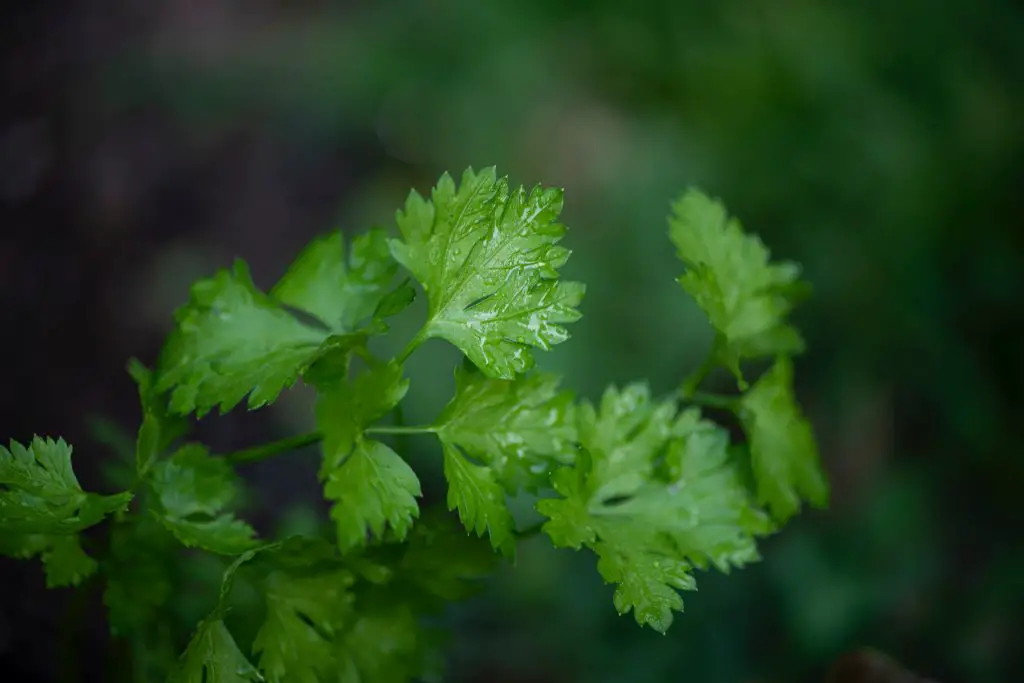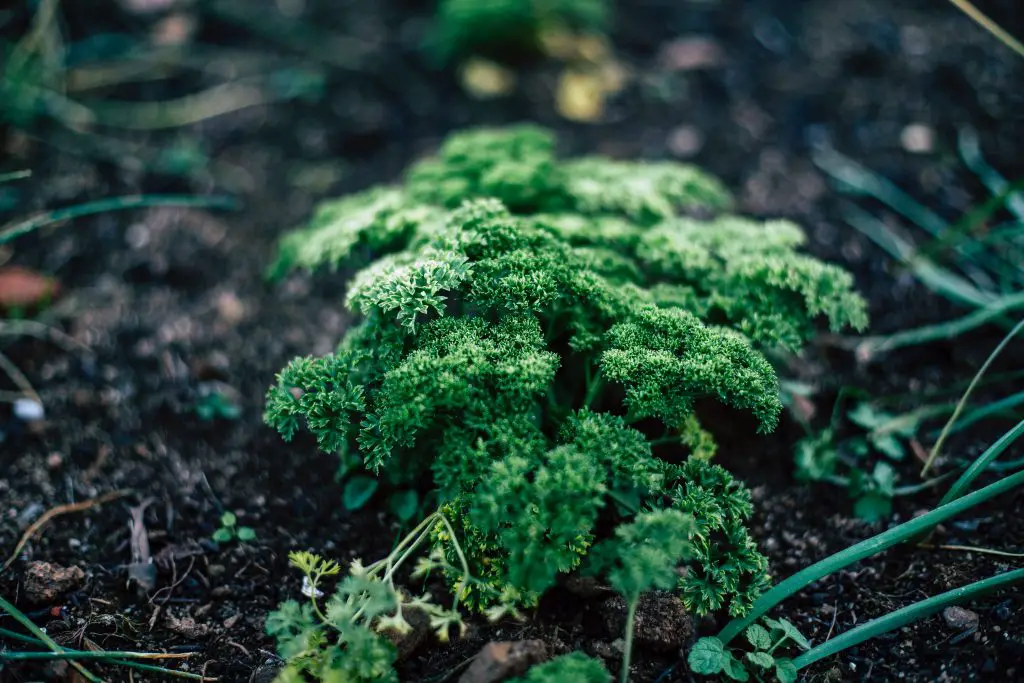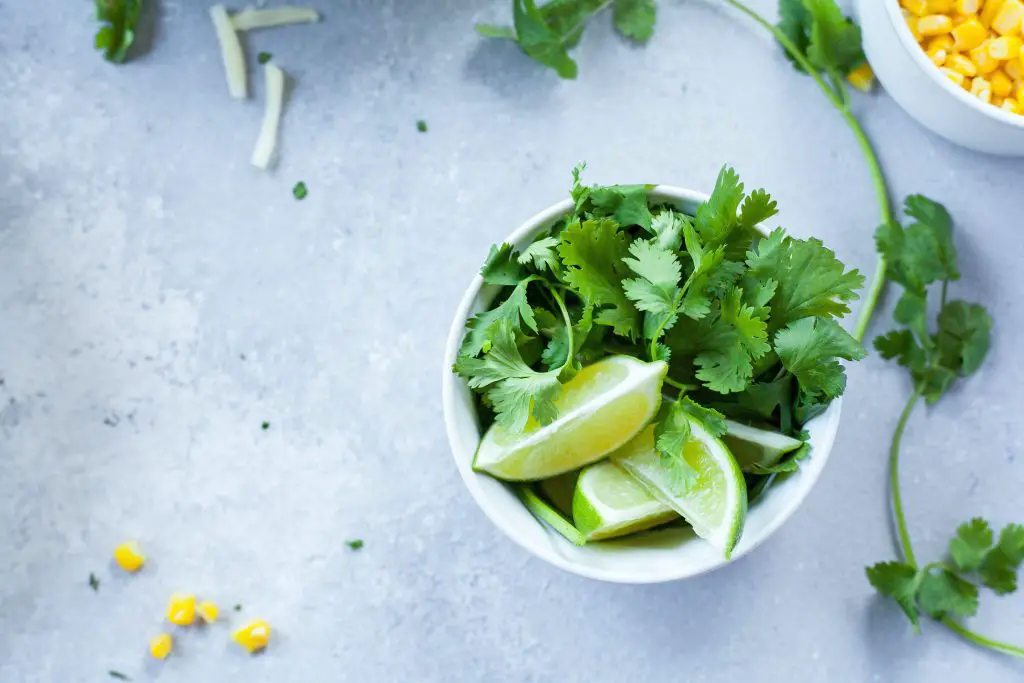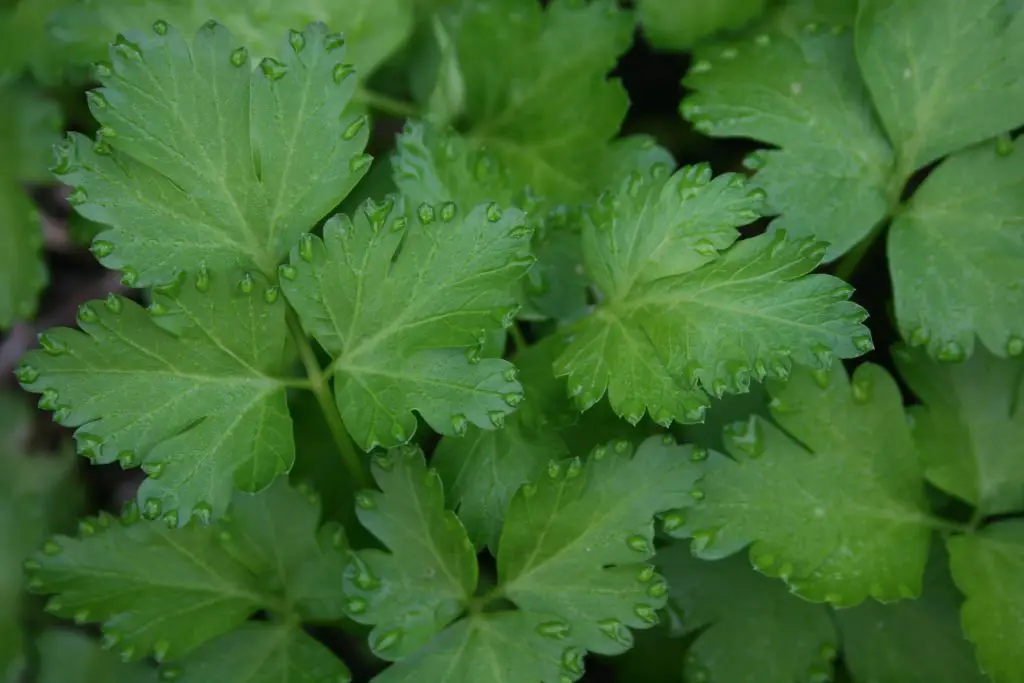Why Won’t My Parsley Seeds Germinate? Many gardeners find growing Parsley challenging as the seeds are slow to germinate, and when they do germinate, the rate can often be low. Parsley is a member of the Umbelliferae Family, which also includes Parsnip and Carrot. Both Parsnips and Carrots are also difficult to germinate.
One of the main reasons Parsley seeds are slow to germinate, compared to other vegetable seeds, is because the outer part of the seed contains a group of chemicals called Furamocoumarins that inhibit nearby weed seeds from germinating. These properties reduce the level of competition for the Parsley seeds, but it is also more difficult for the Parsley seeds to germinate themselves.
Due to the generally slow germination rates of Parsley, the environment in which the seed is exposed plays a greater role in determining the germination success. The main reason Parsley seedlings do not appear, is insufficient moisture during germination. This occurs primarily because Parsley seeds are sown into the soil, at a depth of 1 to 2 cm (0.5 inches). At this depth, it is easy for the seeds to dry out, particularly in hot weather. The best method to ensure consistent germination, is priming the seeds, by pre-soaking them in water.

It is for this reason that it is generally recommended, that the planting of seeds not be attempted, unless the temperature range is between 4-26°C (39-78°F), as this increases the chance of the seeds remaining in a moist environment, for a sufficiently long period, to ensure germination.
The other consideration with Parsley seeds is their age. The viability of Parsley seeds over time, is among the lowest vegetables listed in an article by California State University. If you are unsure of the age of the Parsley seeds and want to test the viability of the seeds, go to the article from Iowa State University.
To increase the chances of success, there is a couple of techniques that can be used to ensure a more reliable germination, which is discussed below.
How To Ensure Parsley Seeds Germinate
The best method, by far, to ensure consistent germination of the seeds, is to germinate them, prior to going into the ground. This requires you to pre-soak the seeds and germinate them, on a damp towel. The seeds will be primed and ready to go, in approximately 3 to 4 days, and will ensure that the seeds being planted are viable. If you need to purchase Parsley Seed visit Seeds Now in US or Thompson and Morgan in the UK as both companies have a wide variety of seeds available.

Priming The Seeds
To prime the seeds prior to planting, start by soaking seeds in warm water, for approximately 1 hour. After 1 hour of soaking, transfer the seeds onto a damp paper towel and place the towel in a sealed, airtight plastic container. An old Tupperware container or takeaway container is quite suitable for this task. Seal the container to ensure that the environment remains humid, throughout the process.
The easiest way to soak the seeds is by pouring the desired amount of seeds into a glass, and adding just enough water to wet the seeds. Some agitation may be required to ensure that all the seeds are sufficiently moist. At this stage, place a dry paper towel in the bottom of the plastic container. To transfer the seeds onto the paper towel by pouring the contents of the glass directly onto the paper towel.
It is common for seeds to stick to the sides of the glass, to transfer the remaining seeds, either by scraping them out of the glass using an icypole stick, or bread and butter knife. Alternatively, additional water may be added to the glass to flush the rest of the seeds out, however, the use of additional water will be dependent upon how damp the towel in the bottom of the container already is. The towel needs to be moist, but not soaking wet.
Once the seeds have been transferred to the sealed in the container, it should be left at ambient temperature for at least 3 days, before planting the seeds. At 3 days, it is unlikely that you will see significant germination of the seeds, however, this time in moist conditions is often enough, to ensure a significantly higher germination rate.

When planting out the seeds, it is preferable to plant them into a seed tray rather than out into the garden. The reason for this, is that the Parsley seedlings, particularly when young, are highly susceptible to attack from slugs and snails. If you choose to plant the seeds directly into the garden, it is a good idea to use snail pellets or a Cloche to provide a physical barrier.
When planting the Parsley seeds in the soil, make a furrow in the soil 1 to 2 cm deep, and water the seed tray or garden bed well. Place the seeds in the furrow and cover the seeds over with soil. Water the seeds again, and then also over the next few days, to ensure it remains moist.
Pre-Germination Of Seeds
If priming the seeds fails, then Pre-germination of seeds will definitely work. This technique is essentially a variation of priming the seeds, but is relatively labour intensive, as such, I would only recommend it as a last resort. The key advantage is, that it allows the gardener to assert even greater control over the early stages of growth, ensuring that germination has occurred.
This technique starts in the same way as priming seeds with them being soaked in water for 1 hour. After this, the individual seeds are transferred one by one, onto the damp towel. The individual seeds should be separated onto the towel, to ensure that they can be picked up individually later. Transfer the damp towel into a sealed airtight container and store at room temperature, away from direct sunlight, in the same way as priming the seeds.

Check on the seeds regularly until clear signs of germination are observed for most of the seeds. This will typically take around 1 week to see the formation of sprouts.
However, it is important to note, that the more the seeds are allowed to develop in the container, the more that roots will begin to penetrate the paper towel. This can make the seeds more difficult to get them out, increasing the chances of damaging the roots when transplanting the seeds.
Once the seeds begin to sprout the seedlings can be individually transferred into the final planting spot. When transferring the seeds, start by pre-soaking the soil with water, to ensure it is moist. Using a dibber, create individual holes for the seeds, that are approximately 5cm (2 inches) apart and 2cm (1 inch) deep. Transfer a seed to each hole carefully and cover them over.
To ensure the seedlings survive, it is a good idea to cover them with Milk Carton Cloches, with the bottom cut out, if you are planting directly into the garden. As there is always a risk of slug and snail attack, it is advisable to prepare a second lot of seeds, just in case there are any failures.
Tips On Growing Parsley
While Parsley is challenging to get started, once the plant has been established, it is pretty easy to grow. It is extremely hardy and will tolerate a wide range of conditions, from temperatures as low -18C (0F), poor soil and light levels, varying from full sun to part shade.
However, the ideal conditions for Parsley are a sunny location with rich moist soil that is free draining. In regions where the summer heat is extreme, it is advisable to plant some of your Parsley seedlings in shadier positions, as Parsley does have a tendency to bolt if temperatures are too high.
For soil preparation it is recommended that the No Dig method be used as it feeds the soil, while suppressing weeds. To do this, simply apply a 10 cm (2 inch) thick layer of mulch onto the surface, once a year. Plant the seedlings directly into the compost. To read more about the benefits of No Dig gardening, go to https://planyourpatch.com/how-to-prevent-weeds-from-growing/.
